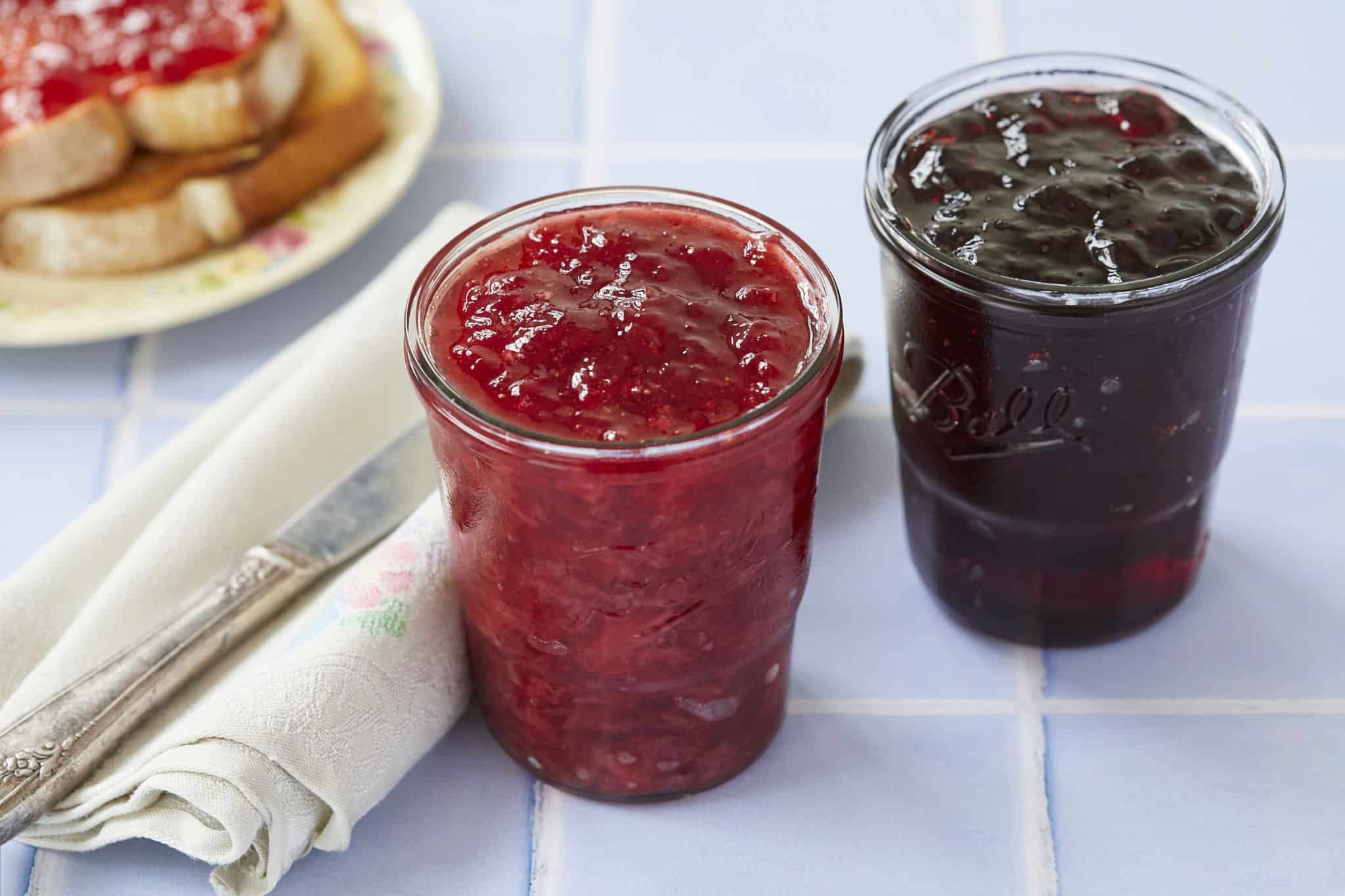
This post may contain affiliate links. Please see my full disclosure for details.
Hi Bold Bakers!
WHAT YOU GET: In this article, you will get a breakdown of the differences between jellies and jams and learn more about which one you should use in your baking.
Jellies and jams are staples in many people’s households, including mine. From being used on peanut butter sandwiches to being stuffed in cookies or donuts, jellies and jams are deliciously versatile ingredients. They are both yummy, sweet fruit spreads but have you ever wondered what is the differences between jelly and jam? Let’s find out!
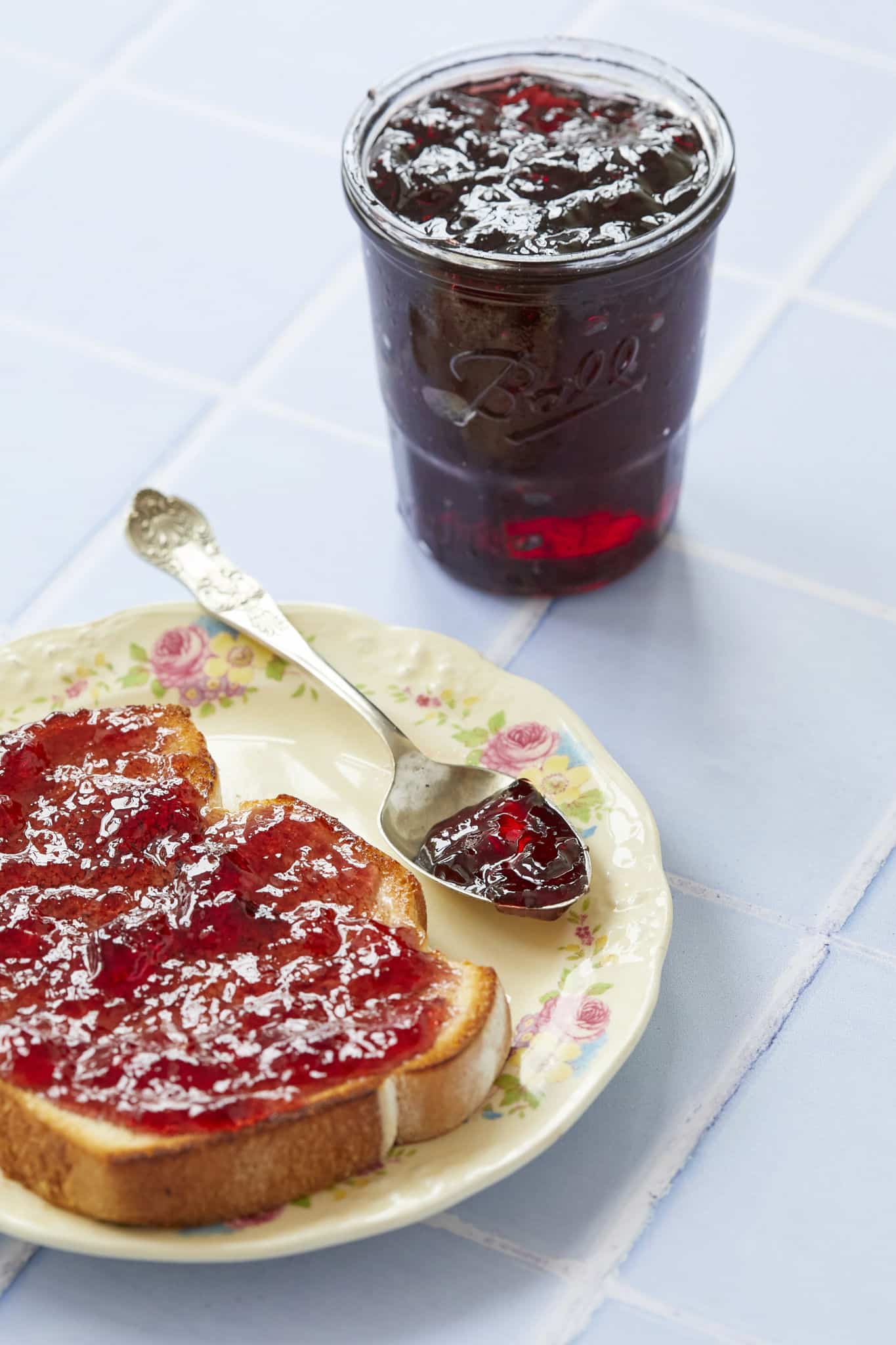
How Jelly Is Made
Jelly is the translucent, gelatinous spread that can usually be found next to peanut butter in the grocery store. Jelly is made from fruit or vegetable juice, sugar, acid (such as lemon juice or vinegar), and the natural ingredient pectin. Pectin is a fiber that comes from the cell walls of plants. When mixed with acid, it forms a gel which helps the jelly keep its shape. Since there’s no actual fruit in jelly, just fruit juice, there are no seeds or pieces of fruit, which makes jelly almost see-through and easy to spread. Jellies can be made from nearly any fruit or vegetable juice, but the most common types are grape, strawberry, and other berries.
How Jam Is Made
Jam is made with similar ingredients to jelly, except instead of fruit juice, it is made with chopped, crushed, or pureed fruit. Most of the time, the fruit or seeds are kept in the jam, making the final product thicker with more texture. Popular jam flavors include strawberry, raspberry, blackberry, and fig.
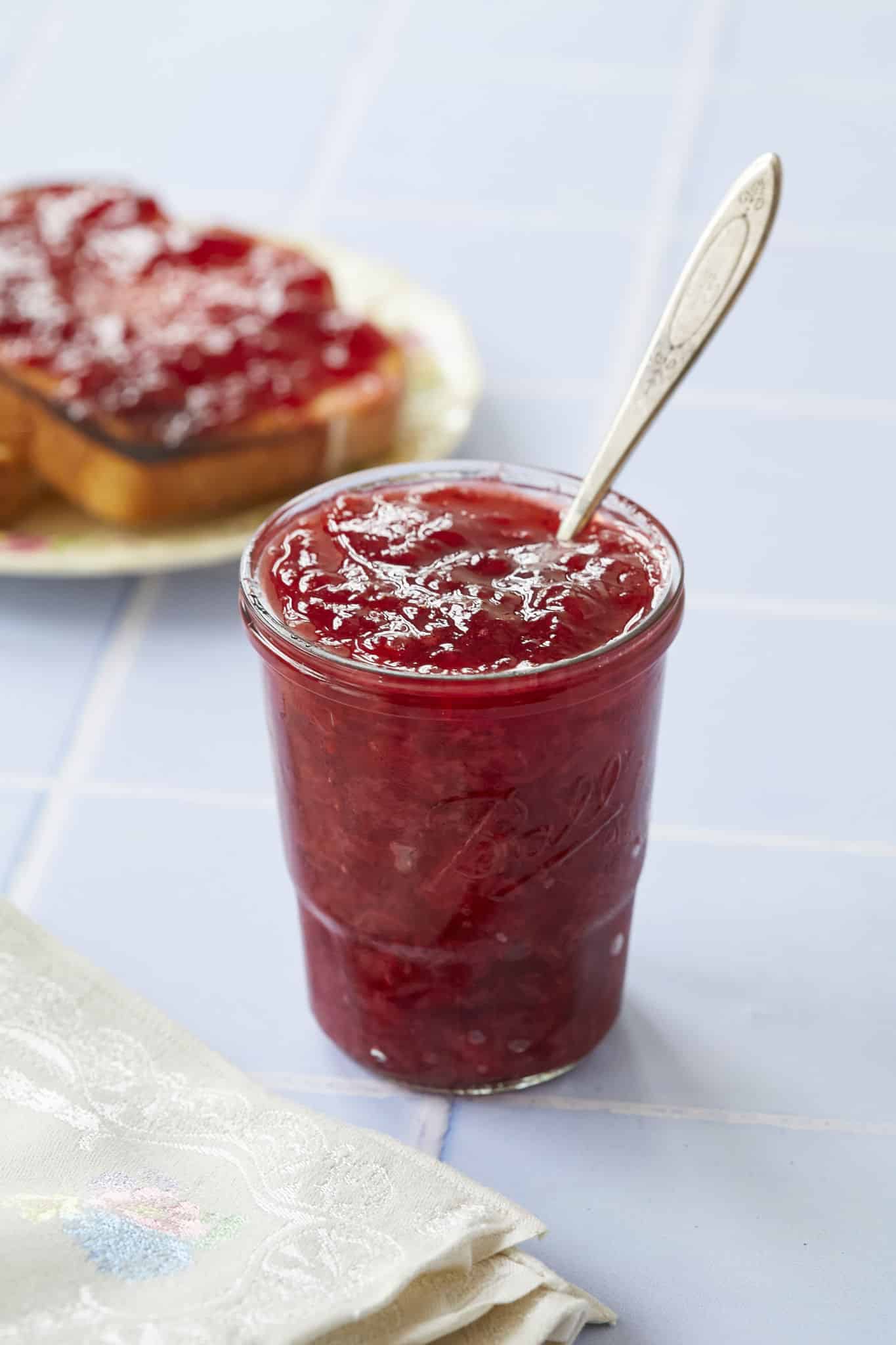
Comparing And Contrasting Jelly and Jam
Jellies and jams have almost identical nutritional values and can be used interchangeably, but here are some differences between them:
- Jelly has less flavor but is more spreadable
- Jam has more flavor but is chunkier and harder to spread
- Jam has more texture than jelly, including pieces of fruit and seeds
Do You Use Jam Or Jelly When Baking?
Although either can be used when baking, I recommend using jam. Even if a recipe has the word jelly in the title, I’ve found that it usually has jam listed in the ingredients instead. An example of this is in Gemma’s Jelly Donuts, which are actually stuffed with jam (You should try them, by the way; they’re delicious!)
Jam works better in baking than jelly for a couple of reasons. For starters, jam is thicker and denser, which lends itself better to being piped into desserts such as donuts. It also has a nicer texture and a more robust flavor due to the natural fruit included. You can use jelly interchangeably in a 1:1 ratio if you don’t have jam.
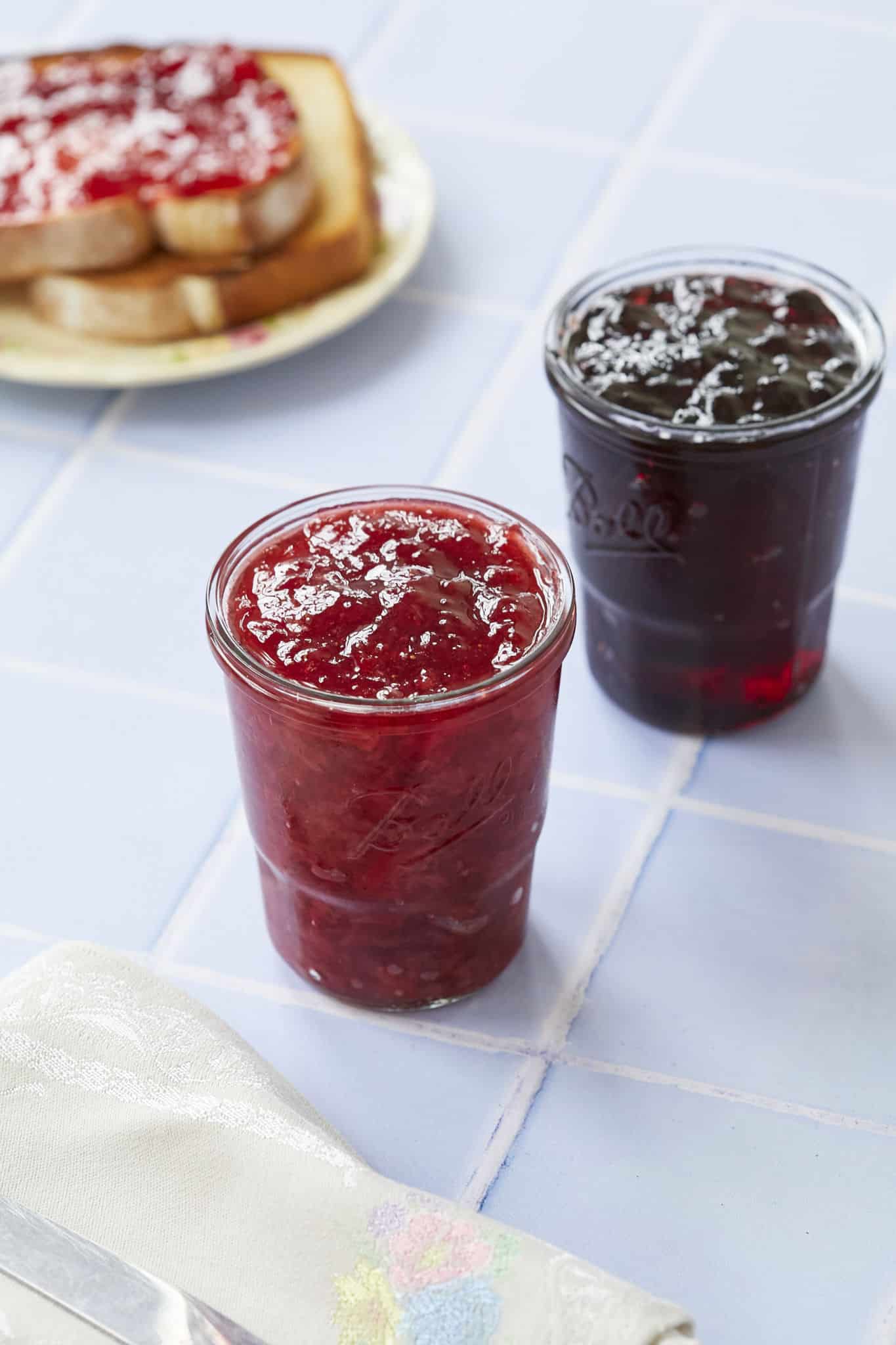
Homemade Vs. Store-Bought Jelly And Jam
You can always buy jams and jellies in the store, but did you know you can make them very easily at home? You can even make jam in the microwave in under 15 minutes with Gemma’s recipe. While there’s nothing wrong with purchasing store-bought jam and jelly, making them at home has a number of bonuses! With homemade jam and jelly, you know exactly what you’re putting in it. At the same time, store-bought products often contain preservatives, artificial flavors, and food dyes — all of which are not necessary to make a delicious fruit spread.


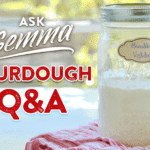




Thank you for this article. I found it useful and interesting.
I* was watching your Orange Maralade recipe and wondering how to make aprocot marlalade. Is it the same process as the orange or is it different. Also can dried Apricots be use in the place of fresh?
Thanks you for all the great recipies and the fonderful videos.